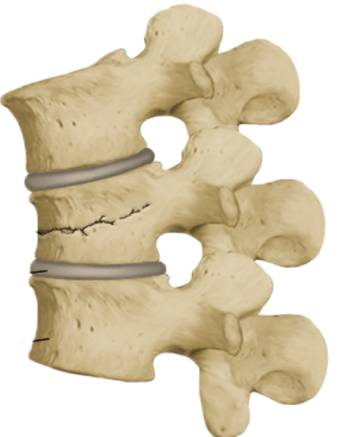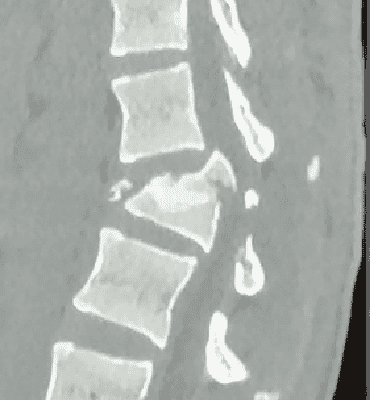Spine Fractures


Spinal fractures involve high-velocity injuries such as fall from height or collision involving high-speed vehicles. Two-wheeler accidents are prime culprits in our country, followed closely by falls from height for spinal fractures. Most of these injuries can be treated with rest, braces, and medications to control pain. However, injuries involving weakness of upper and lower limbs or breathing and heart problems due to bone compressing into the spinal canal at different levels need decompression and stabilization using hardware such as screws, plates, and rods. It is always advisable to seek a dedicated spine surgeon’s opinion in such injuries as changes and patterns differentiating injuries that could require intervention are sometimes quite subtle and may be missed by other care providers. Sometimes preexisting paralysis due to severe spinal cord injury might still require surgery for rehabilitation – for example, in a wheelchair – that does not improve the paralysis. There is no known cure for a complete spinal cord injury as of this writing. Experimental trials are going on in legitimate centers that could enroll suitable paralytic patients; none of these trials involve any money. One must be wary of anyone offering paralysis cure by ‘stem cells’ or other modalities in exchange for money. Your local spine surgeon is the best person to guide you in such situations.
Common treatment modalities are
1) REST, BRACES and Medicines
2) Spine stabilization with decompression of nerves and fusion.
